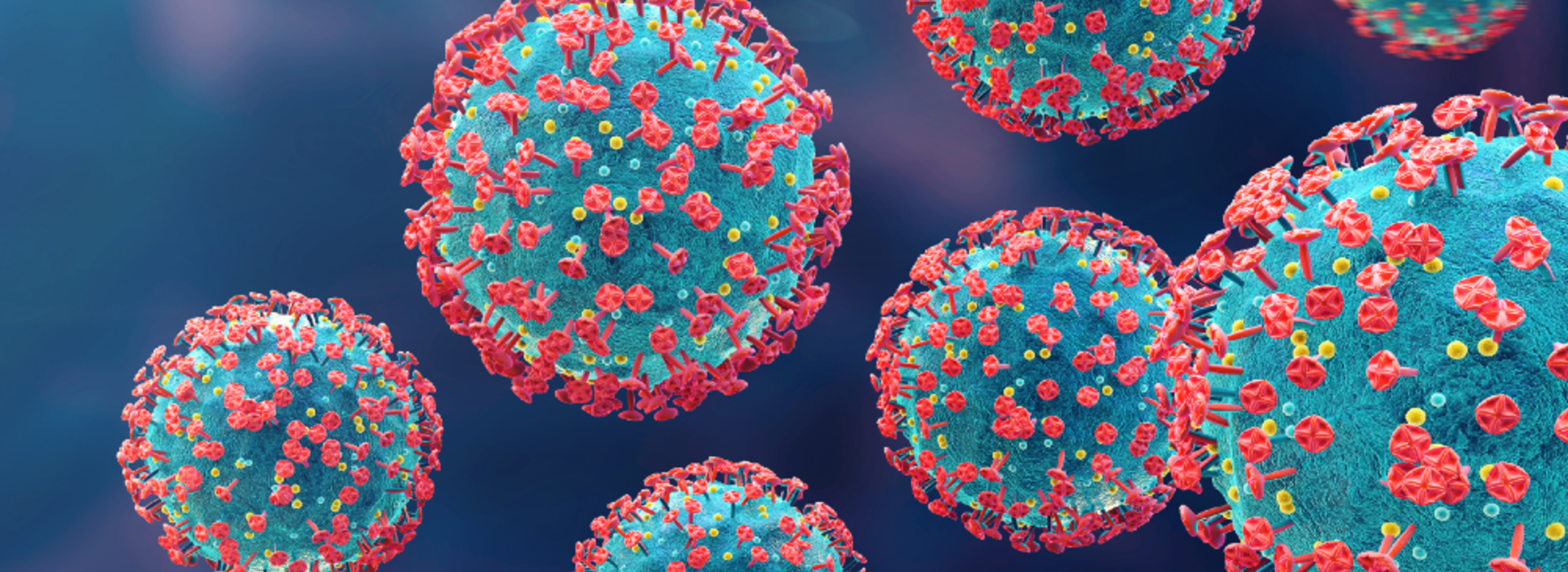
Evidence for possible animal origin of the COVID-19 omicron variant
Study reveals mouse-specific mutations in omicron variant
MINNEAPOLIS/ST. PAUL (10/19/2022) — In a new study published in the peer-reviewed journal Proceedings of National Academy of Sciences, researchers from the University of Minnesota Medical School and College of Biological Sciences provided new insights into the evolutionary origins of the COVID-19 omicron variant. Their findings suggest the omicron variant may have been transmitted from an animal species to humans.
An essential step in coronavirus infection occurs when spike protein binds to the host’s receptor. After establishing consistent infections in the host, the spike protein becomes adapted to the host’s receptor. Through detailed structural biology analysis, researchers identified several mutations in the omicron spike protein that were uniquely adapted to the mouse receptor and incompatible with the human receptor. This suggests the omicron variant might not have originated from humans directly, and instead may have been transmitted from other animal species to humans.
“These omicron mutations are evolutionary traces left by the virus during its transmission from one animal species to another,” said lead author Fang Li, PhD, an endowed professor of pharmacology at the U of M Medical School and director of the Center for Coronavirus Research. “Our detailed structural biology approach has successfully recovered these subtle yet unique evolutionary traces.”
Researchers say the COVID-19 virus is capable of infecting many animal species — which is one of the main reasons why variants keep emerging. These findings also suggest that epidemic surveillance of rodents may be important for stopping new COVID-19 variants from emerging in the future.
“Animal to human transmission of coronaviruses will likely continue to threaten global health. It has been suggested that all coronaviruses circulating in humans came from animals,” said Dr. Li. “I’m working with my colleagues to address current and potential future coronavirus pandemics by developing therapeutics targeting both human coronaviruses and animal coronaviruses.”
The National Institutes of Health provided funding (R01AI089728, R01AI110700, and R35GM118047) for this study.
-30-
The study was led by Dr. Li and Hideki Aihara, PhD, an associate professor in the Department of Biochemistry, Molecular Biology and Biophysics in the College of Biological Sciences. It was co-authored by Wei Zhang, Qibin Geng, Gang Ye, all postdoctoral scientists in the Department of Pharmacology and Ke Shi, a postdoctoral scientist in the Department of Biochemistry, Molecular Biology and Biophysics.
###
About the University of Minnesota Medical School
The University of Minnesota Medical School is at the forefront of learning and discovery, transforming medical care and educating the next generation of physicians. Our graduates and faculty produce high-impact biomedical research and advance the practice of medicine. We acknowledge that the U of M Medical School, both the Twin Cities campus and Duluth campus, is located on traditional, ancestral and contemporary lands of the Dakota and the Ojibwe, and scores of other Indigenous people, and we affirm our commitment to tribal communities and their sovereignty as we seek to improve and strengthen our relations with tribal nations. For more information about the U of M Medical School, please visit med.umn.edu.